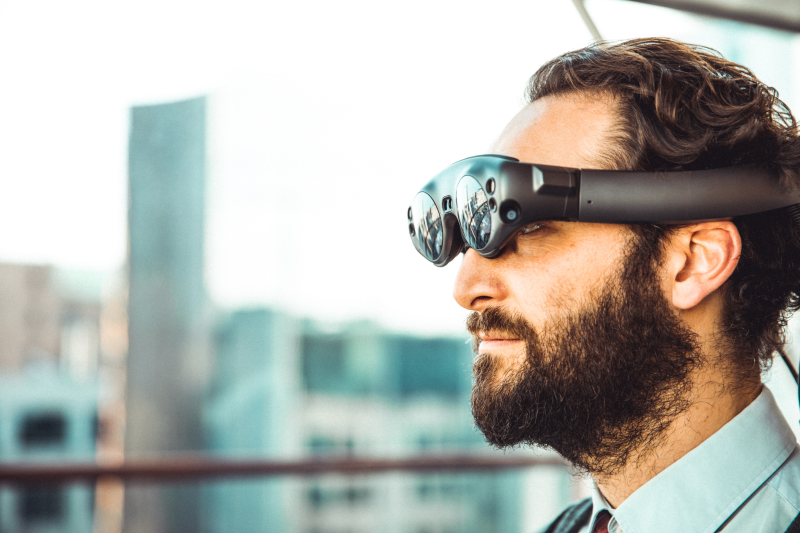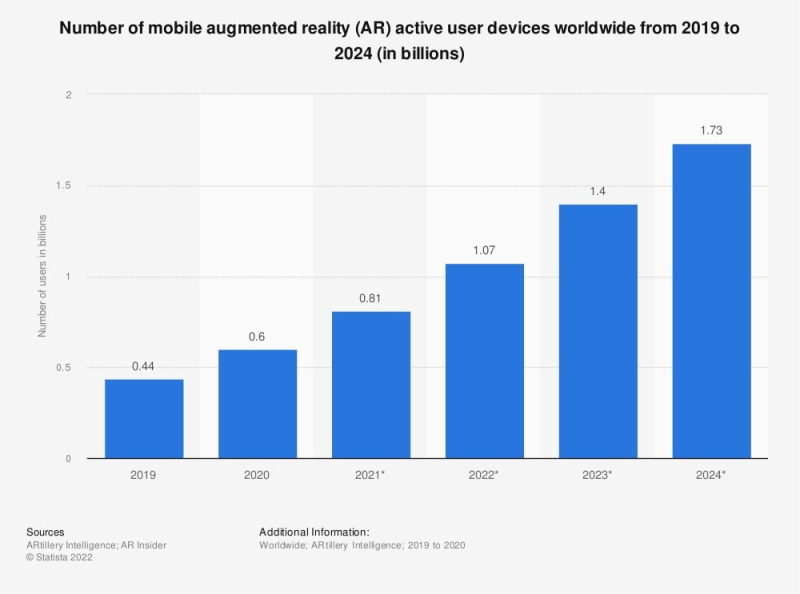ARe We Lost On Our Way? What’s Going On With Augmented Reality
Pokémon, IKEA, soccer, a pilot's helmet, a headset, a smartphone, a surgeon. It all seems like a meaningless bunch of words. And this would probably be the case if it wasn’t all about AR or augmented reality. A fantastic technology that we never experienced in its true colors.

The name of this technology is pretty much self-explanatory: augmented reality (AR) is integration of digital information with a user's environment in real time. Unlike virtual reality (VR), which creates a completely artificial environment, AR users experience the real environment complemented with generated visual information.
One of the most futuristic and "cyberpunk" technologies today, it is used in a myriad of fields, and is often accessible just via our smartphone cameras. It’s crazy how much people use this not-so-long-ago niche technology. The random words from above are not so random, actually!
- Pokémon GO showed users what AR can do within the entertainment industry;
- The IKEA Place app, with more than 30 million downloads, is able to show users how a new coffee table would look in their living room;
- In soccer, offside is fixed using AR technology;
- F-35 Lightning II fighter pilots' helmets have a built-in augmented reality interface that allows them to see their surroundings as if there is no obstacle between the cockpit and the world outside;
- For advanced AR needs, there are AR headsets, the best known of which are Google Glass and Microsoft HoloLens;
- On smartphones, AR has become widely talked about and accessible in 2017 with the launch of Apple's ARKit and Google's ARCore developer toolkits;
- And finally, AR is used to train medical professionals, most commonly surgeons and nurses.

Looks like a lot of really cool stuff, isn’t it? However, AR today is either very niche or very "simple," especially when you think how much can be done with this technology. For example, adaptive interfaces for different situations in life that will increase the information richness of the world, and, as a consequence, the amount of the visual data we get from our environment.
Back in 2018, I attended Kvantorium’s AR developer courses. Even then, everybody there was certain that AR was going to be a big part of our lives in 3 to 5 years. And today it just doesn’t feel like it’s made it yet. I reached out to Michael Khamenok, my AR teacher, and asked him about the today and tomorrow of AR.
"When we talk about why AR is developing like it is, without any "cyberpunk" features or something like this, it is due to what the customers want, what they are prepared for, and how advanced the AR-related technologies are. Customers don’t want to wear some "goofy" looking goggles on their head, there isn't a suitable environment for the use of AR yet, it’s not legally limited in any way, and there are not many tasks we can solve exclusively with the AR technology.
Unlike VR, AR is very much environment-depended and there are lots of other technologies that put lots of limits on its development. It might even reach its limit someday. For example, computer vision (an interdisciplinary scientific field that deals with how smart devices can gain high-level understanding from digital images or video) is definitely among them, as cameras are the most important sensors for any augmented reality device. The current level of development of computer vision is great, but it still creates challenges for improvement of AR. Also, the way AR devices receive commands is not the most convenient for the user in the first place. Often, it is a voice interface or even a touchpad. The most convenient solution in this situation is probably the most sci-fi one: communicating via the electrical activity of brain. However, the qualitative implementation of such a solution is obviously a complicated process, especially from an ethical point of view as you would share the most personal data there is."
It actually feels like the AR we have today is probably the best AR we could have, despite the many questions to its practical everyday uses. At the moment, augmented reality is still a technology with a great potential, though rather poor user scenarios for an ordinary consumer. A lot of today's AR programs are not as impressive as their movie/videogame counterparts. But they are more practical and work is being done by lots of developers and enthusiasts from around the globe to shape the best and the brightest future for AR.
